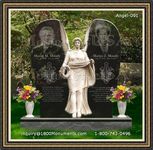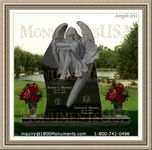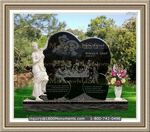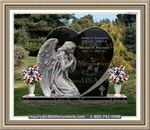|
Details To Notice When Considering Car Funeral Flags
There are many situations which require a bit of planning when dealing making final arrangements for someone who has passed away. One of these is that funerary services are often held at a location other than the cemetery where the body is to be interred. To make sure the transition from one facility to another goes smoothly, funeral flags are usually employed.
The parade of mourners following the remains of an individual from the location of services to the site of interment is known as a procession. In some cultures it consists of people walking and carrying the body to its final resting place, though more commonly it is a line of vehicles. The chain is led by the hearse with the deceased inside.
As the person of honor, the deceased is carried in the hearse that leads the group. The limousine, or whatever vehicle is being used to transport their spouse, significant other, parents or children will take up second position in the line. They are followed by other family members and the rest of the guests in their own automobiles.
Though many times funerary processions are granted a police escort to ensure the group travels uninterrupted, additional methods may also be used. Banners, normally supplied by the Home handling the arrangements, are a traditional way to identify those included in the group. There are several different styles available.
Sometimes, wide ribbons are stretched across the hood of each car, identifying the passengers as in mourning. More commonly used are banners flown from flexible plastic rods attached to an automobile's door window. These may also be found with a magnetic base designed to firmly adhere to the metal or vinyl outside of the vehicle.
Generally speaking, these products are about twelve inches high and use staffs that are flexible to bend, rather than break when stressed. The banners attached to them are usually 6" x 9" and starched for easy viewing. They come in multiple colors, including purple, orange and white, and feature a contrasted cross in the center.
|
|



























